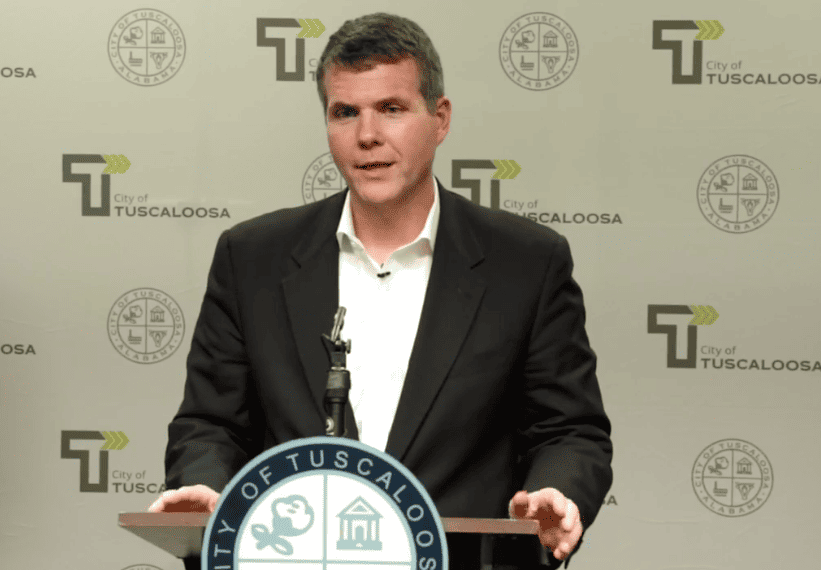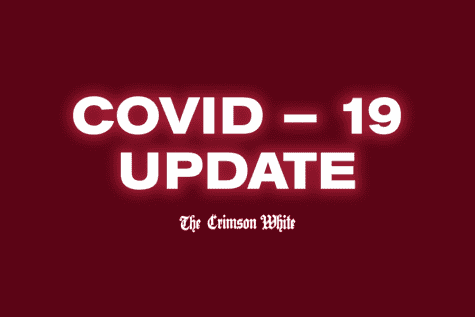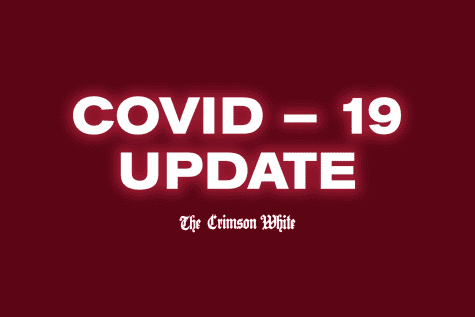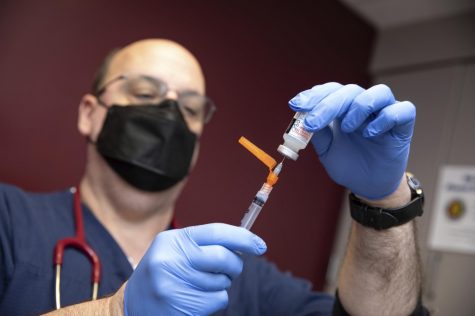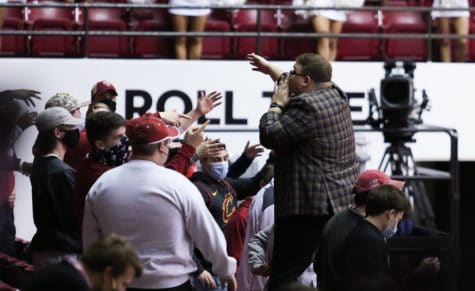Tuscaloosa curfew orders won’t change much with new state mandate
April 3, 2020
Alabama’s new shelter-in-place order isn’t much different from Tuscaloosa’s current curfew, Mayor Walt Maddox and city attorneys said at a virtual press conference Friday evening.
On Friday afternoon, Kay Ivey became the 41st governor to issue a stay-at-home order, which will remain in effect until April 30. The order came days after local municipalities began to issue similar, if not harsher, mandates. Tuscaloosa, for one, announced a 24-hour curfew on March 26, while Jefferson County enacted a shelter-in-place ordinance earlier last week.
“Having some statewide direction now is going to serve our state well, and it’s going to serve our community well,” Maddox said.
Under the state order, Tuscaloosa residents can still go to the grocery store, or care for a loved one, or even take a walk in the park, just as they were able to under the curfew. The main difference between the city and state orders, city attorney Glenda Webb said, is in the label. Cities like Tuscaloosa don’t have the legal authority to mandate a shelter-in-place order, but they do have license to issue a curfew.
After fielding hundreds of questions about the city curfew over the past week, Scott Holmes, associate city attorney, said the state order would allow drive-in worship, require businesses to limit occupancy levels and enforce social distancing, and allow non-essential businesses to provide curbside pickup and delivery.
People may travel to attend a religious worship service if:
- The event is fewer than 10 people
- The event is a “drive-in” worship service that adheres to the following
- Participants shall remain in their vehicles the whole time
- Participants in each vehicle must share the same place of residence
- Participants do not come within 6 feet of participants in other vehicles
Essential businesses must take all reasonable steps for employees and customers to:
- Keep occupancy levels at or below 50%
- Avoid gatherings of 10 people or more
- Maintain a consistent 6 foot distance between people (inside or outside its facility)
Any business, whether essential or non-essential, can operate through curbside pickup, delivery, or other method that does not involve customers entering its building.
The governor’s order also allowed all parks to stay open. Though the city is adopting the state order, Maddox said the city will continue to limit park access. Currently, Sokol Park, Palmore Park, Snow Hinton Park and Bowers Park are open during daylight hours, which are subject to change.
While the state is tightening the reins, Maddox stressed that Tuscaloosa could still move into a “red-light mode” in the next 7 to 10 days. Coronavirus cases in Alabama are projected to peak in the next couple weeks, and Maddox has been adamant that what cities do now will determine how long it will take them to recover.
“As we continue on an hourly basis to evaluate the data, we certainly will begin to take action if we continue to see numbers that are ever-increasing,” Maddox said.
For more information, visit tuscaloosa.com/covid19.

